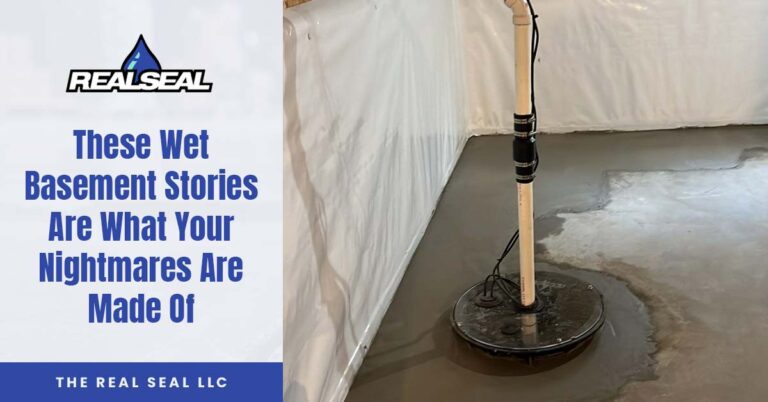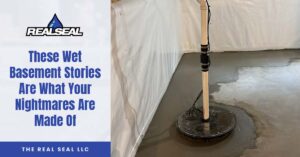Are you curious about wall anchor systems and foundation repair? You’re in luck because this is the article for you. Here you’re going to learn what wall anchor systems are, why walls bow and lean, and the most commonly used wall anchor systems.
What Are Wall Anchor Systems?
Your foundation walls should be upright, solid, and standing at a strong 90-degree angle. If your walls start to bow, sheer, lean, or crack, wall anchors can be used to stabilize and support the wall. In 1992, the Chief Appraiser for the U.S. Department of House and Urban Development said that wall anchor systems are the most effective means of stabilizing bowing foundation walls.
Why Do Foundation Walls Bow, Lean, Sheer, Or Crack?
The biggest reason your walls are bowing, leaning, sheering, or cracking is because there is excessive lateral pressure outside your foundation. That pressure can be too much for your foundation wall to handle. If your wall is bowing, you may even notice a long horizontal crack in the center of your wall. If you have concrete block foundation walls, the bowing could allow stair-step cracks to form. These types of wall cracks are what experts call “structural” cracks, and they should be fixed as soon as possible. Read more about foundation cracks and how to fix them.
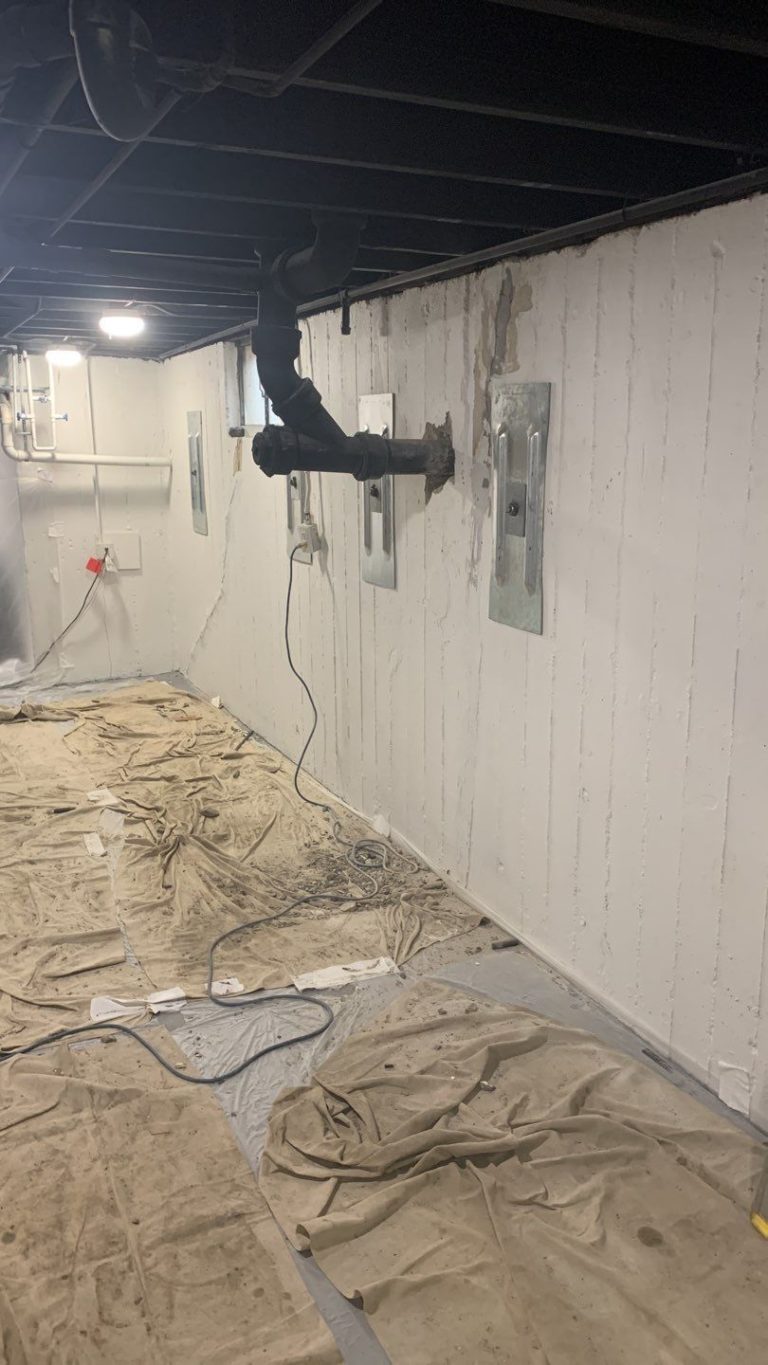
Here’s why your walls bow, lean, sheer, or crack.
Expansive soil – When expansive soil absorbs water, it grows and pushes against your walls, causing them to move inward. Then, when the soil dries, it contracts and allows your wall to move back outward. This movement can cause cracks to form and open/close based on weather conditions.
Hydrostatic pressure – When water builds up in the soil around your foundation, the volume of the soil increases. Without a proper drainage system to collect the water, the volume increase pushes against your walls, causing them to bow, lean, crack, or sheer. If your home was built in an area with a high water table, it could be susceptible to hydrostatic pressure.
Insects
Frost-heaving – Frost-heaving is when the soil outside your foundation freezes, causing two problems.
- When water freezes, its volume increases by about nine percent. If your soil becomes saturated with water and the water freezes, the weight of the dirt can increase. This increase can push against your wall, causing it to bow, lean, sheer, or crack.
- When your soil freezes, the dirt can lift up. Then, when the soil thaws, it can settle back down. This up-and-down movement exerts pressure on your foundation walls, causing them to bow, lean, sheer, or crack.
Heavy objects – Heavy objects, such as dump trucks or construction vehicles, can cause your walls to bow, lean, sheer, or crack if they are parked alongside your foundation.
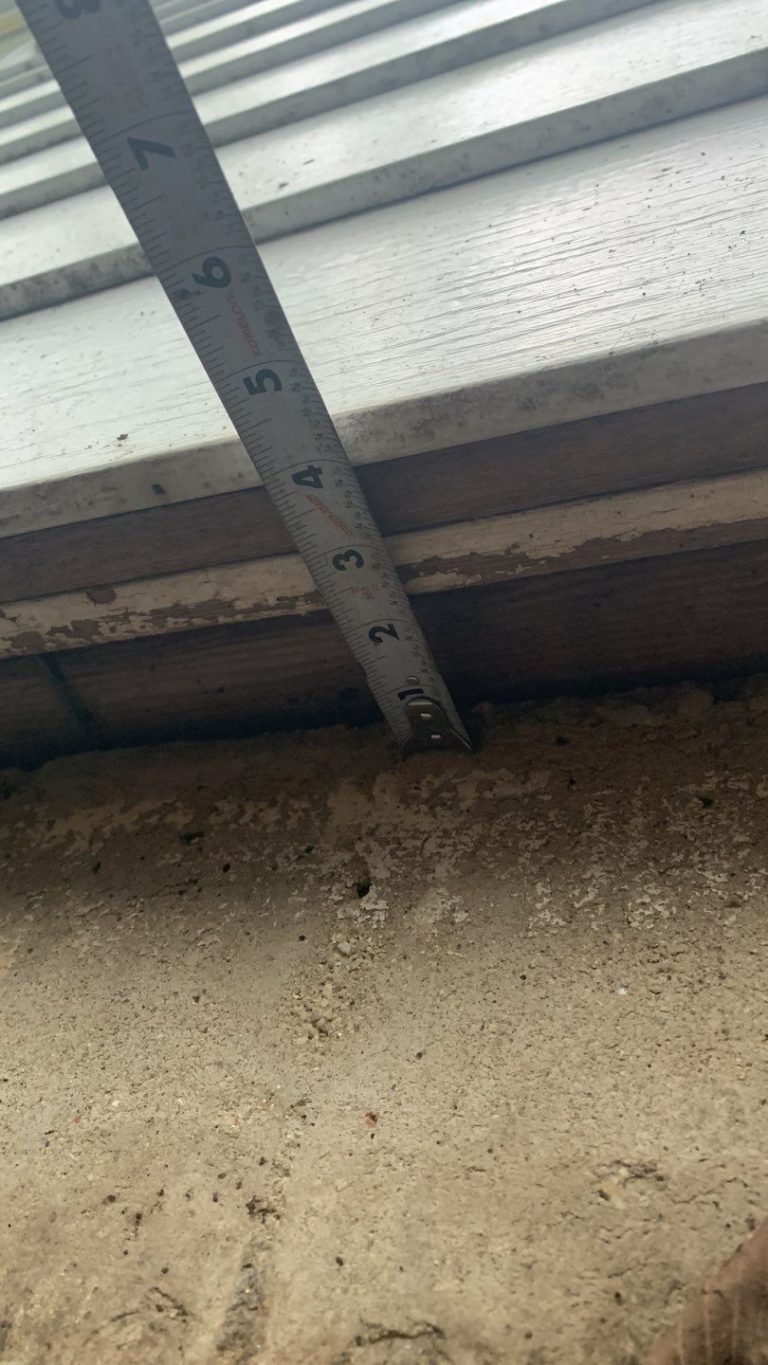
Different Wall Anchor Systems
Below are the most common wall anchor systems used by experts.
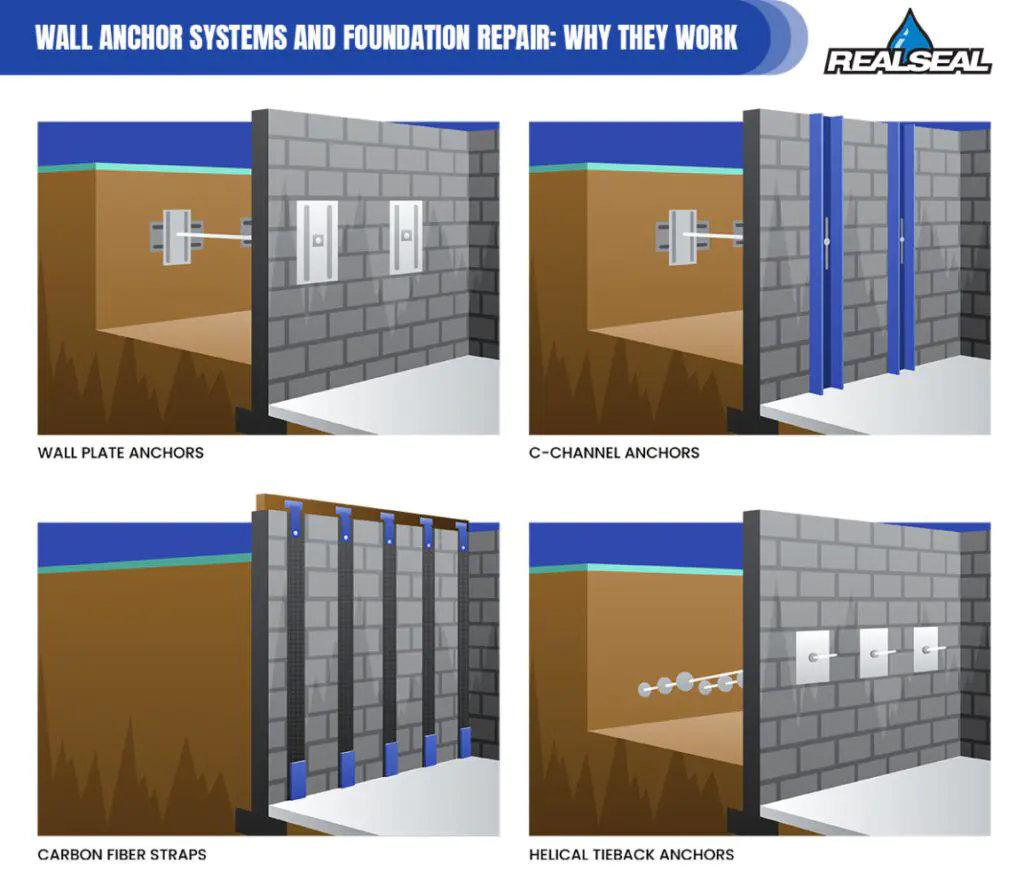
Wall plate anchors – Wall plate anchors are designed to take outside pressure off the wall and distribute it into the yard. Wall plate anchors are installed using portable equipment and cause very little damage to your home. Here’s how they work.
- First, contractors dig around your foundation. This allows the bowing wall to move back outward and not have to deal with dirt being in the way.
- Second, a trench is dug at least 13 feet away from your foundation wall. This is where outside anchors are placed.
- Third, if the wall is cracked or broken into many pieces, experts might install carbon fiber straps. This allows the entire wall to move when it’s pulled outward.
- Fourth, holes are drilled into the affected wall to allow access for threaded high-strength rods that will connect the anchors to the wall plates.
- Fifth, the rods are inserted into the wall all the way to the outside trench.
- Sixth, hydraulic jacks are used to lift up your home, taking pressure off the wall so that it can move easier.
- Seventh, wall plates are attached to your wall, connecting to the high-strength rod.
- Lastly, the plates are tightened simultaneously using a torque wrench, pulling your wall outward.
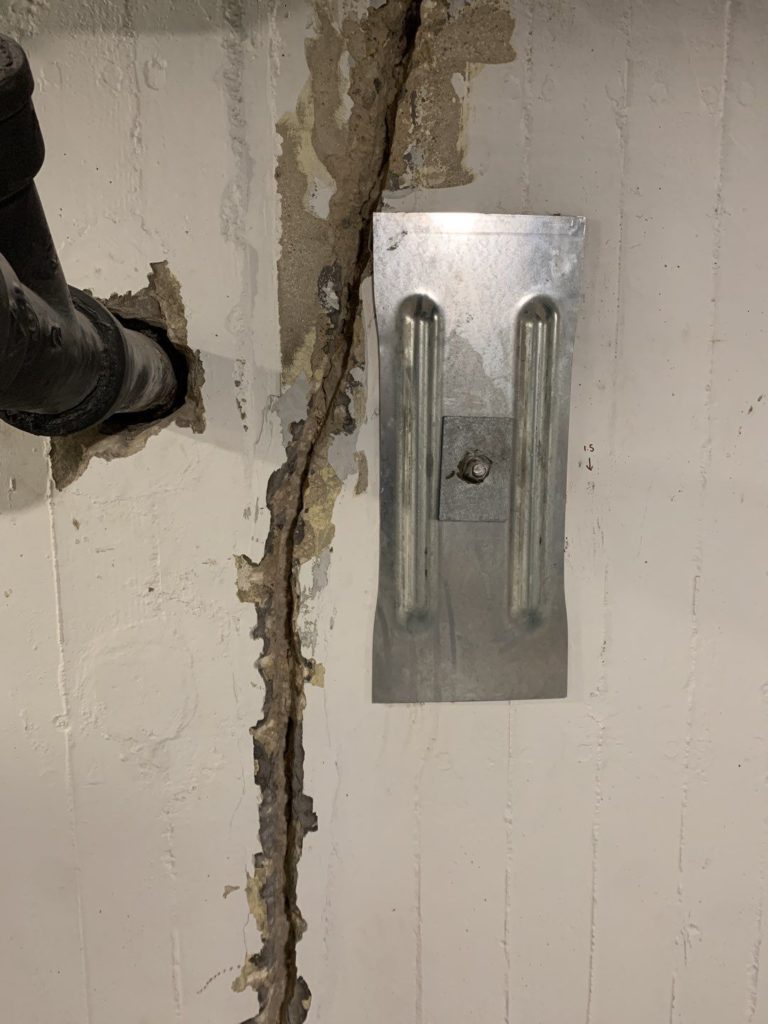
Should you try and repair bowing walls yourself?
C-channel anchors – C-channel anchors are mainly used to counter sheering walls. Sheering means that the top of the foundation wall is moving inward while the bottom of the wall stays put. Here’s how they work.
- First, a large steel beam is attached to the affected wall, placed every four to five feet from the center of one beam to another.
- Second, a trench is dug 13 feet away from your foundation wall. This is where the outside anchors are placed.
- Third, holes are drilled into the foundation wall, allowing the high-strength rods to slip through.
- Lastly, the anchor and steel beam are connected and torqued, pulling your wall outward. The steel beams are also secured into your foundation footer for extra support.
Fortress Invisibeam Carbon Fiber Straps – Fortress Invisibeam straps are made of an extremely strong fabric material called carbon fiber. Carbon fiber doesn’t stretch, making it virtually unbreakable. If you have bowing or leaning walls, Fortress Invisibeam straps are the perfect solution. Here’s how they work.
- First, a galvanized bracket is attached to the top of your house. This gives the strap a place to hold onto.
- Second, the straps are placed on the affected wall using epoxy and hundreds of tiny epoxy rivets. This creates a very strong bond, cementing the strap to the wall.
- Third, the bottom of the strap is attached to your foundation footer. This gives the strap another anchor point.
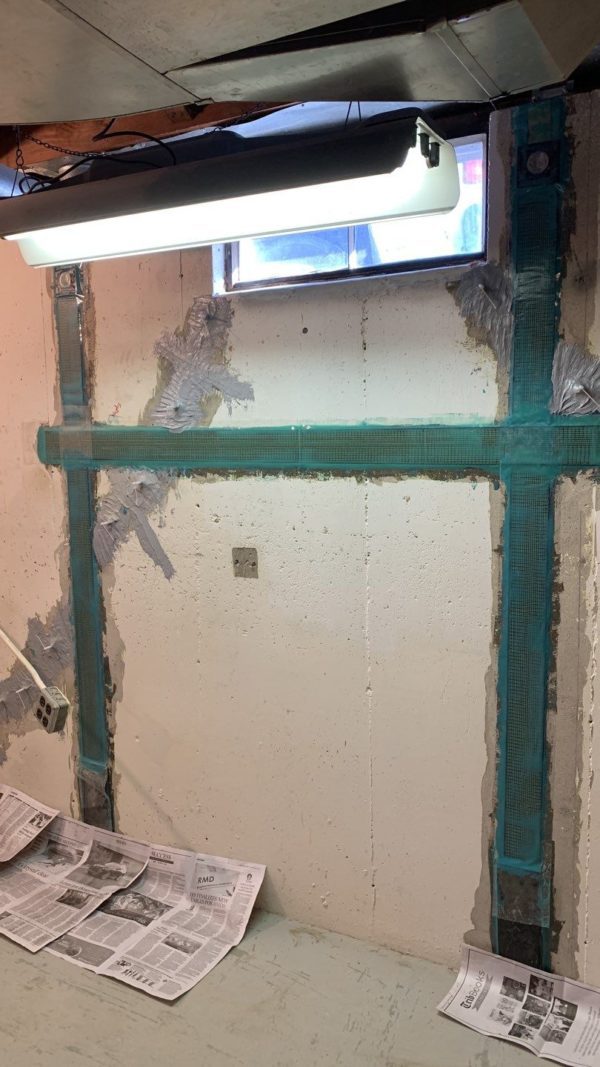
Fortress Invisibeam carbon fiber straps are some of the best straps in the industry. Unlike other straps, which can only repair walls that have moved inward up to two inches, Fortress Invisibeam straps can repair movement up to three inches.
These straps come with the best warranty around. With The Real Seal, we can warranty that if the wall fails, we will fix it. That includes replacing the wall if necessary.
Helical Tieback Anchors (Not Provided By The Real Seal) – Helical tieback anchors are also used to repair bowing or leaning walls. Unlike wall plate anchors, helical tieback anchors don’t require an outside anchor. Instead, the anchor is drilled from inside your foundation, twisting into the dirt, pulling your wall outward.
Who Do You Call Now?
If you live in the Greater Chicago area and need wall anchors or foundation repair, call The Real Seal. We’ll get you started with an in-depth inspection, free repair estimate, and a list of our finest solutions. We also provide basement waterproofing, crawl space encapsulation, crawl space repair, concrete leveling, and more.
